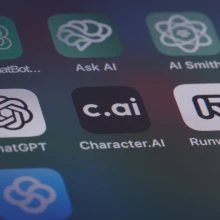What is it? Understanding the Impact/Effort tool
The Impact/Effort Matrix helps you balance effort and impact in decision-making. It's a tool for identifying which improvement ideas offer the best ratio of effort to impact, guiding you to prioritize effectively. This prioritization ensures you focus on ideas that are not only feasible but also significantly advance your goals.
Effort Axis: measures the resources needed (time, money, energy, risk) to implement an idea. Lower effort is preferable.
Impact Axis: measures how much an idea will influence the organization or solve a problem. High-impact ideas are prioritized.
The goal is to tackle high-impact, low-effort tasks first. This approach maximizes resource use and aligns efforts with key objectives.
Why you should use the Impact/Effort Matrix to prioritize ideas
Using the Impact/Effort Matrix is essential for organizations for several reasons:
Encourages holistic thinking: it requires teams to assess solutions based on impact and effort, promoting a well-rounded approach to decision-making. This ensures solutions are not only beneficial but also practical and feasible.
Facilitates collaboration and alignment: the matrix brings team members together to discuss and agree on priorities, fostering a unified vision and aligning different perspectives.
Enhances strategic agility: The matrix helps organizations swiftly adapt by focusing on high-impact, low-effort actions, essential for staying competitive.
Promotes efficient resource allocation: it guides organizations to allocate their limited resources—time, manpower, capital—towards the most effective initiatives, avoiding wasteful expenditure.
In essence, the Impact/Effort Matrix exercise is more than a decision-making tool; it's a driver for strategic thinking, collaboration, and efficiency. Its regular use can significantly transform how a team or organization approaches challenges and opportunities, leading to more impactful and successful outcomes.




